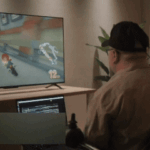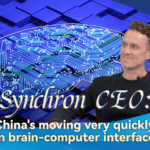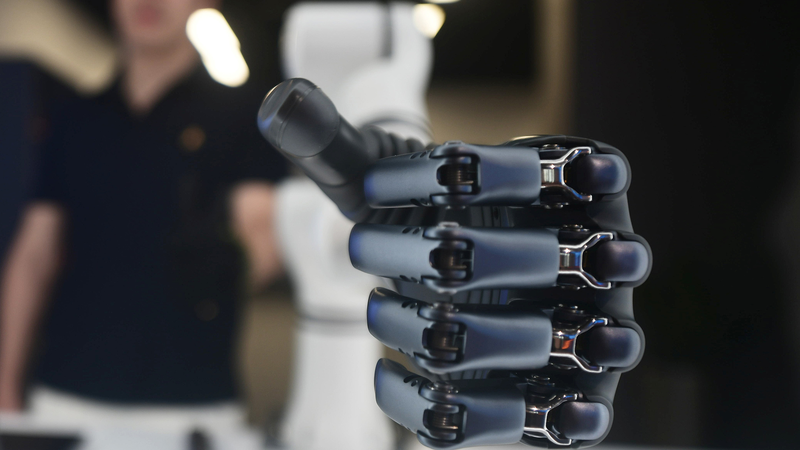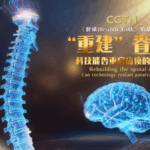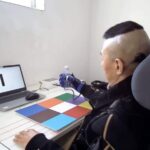Move over, Neuralink—China’s tech innovators are making waves in the race to merge brains with computers! 🇨🇳 A groundbreaking Brain-Computer Interface (BCI) developed by Tsinghua University scientists is restoring hope—and movement—to paralysis patients, with two successful cases already shaking up the medical world. 💥
From Mind to Motion
Meet Laoyang, a tetraplegic patient who regained partial limb motion just three months after receiving Tsinghua’s NEO implant. The device, smaller than two stacked coins 🪙, sits beneath the scalp and uses wireless tech to decode brain signals. ‘It’s like giving the brain a new voice,’ says Professor Hong Bo, lead developer of NEO.
NEO vs. Neuralink: Safety First?
While Elon Musk’s Neuralink opts for fully invasive implants (think: higher risks, richer signals), China’s NEO takes a ‘minimally invasive’ approach. ‘Our design protects brain cells and reduces inflammation,’ explains Hong. Neuralink’s ‘Telepathy’ might enable flashier feats, but NEO’s focus on safety could make it a game-changer for widespread use. 🛡️
Miracles in Months
A second patient, recovering from a spinal injury, controlled a computer cursor 🖱️ within a month using NEO and an AI-assisted glove. ‘This isn’t sci-fi—it’s about restoring dignity,’ says neurosurgeon Zhao Guoguang. Researchers now aim to tackle cognitive disorders and mental health with BCI hybrids.
The Future Symphony of Brains
Imagine a world where lost ‘voices’ in the brain rejoin life’s chorus 🎶—that’s the vision driving China’s BCI pioneers. With global collaborations accelerating, 2024 might just be the year paralyzed patients swap wheelchairs for wireless freedom. 🚀
Reference(s):
Tech Please: How can China's 'smartbrains' help paralysis patients?
cgtn.com



